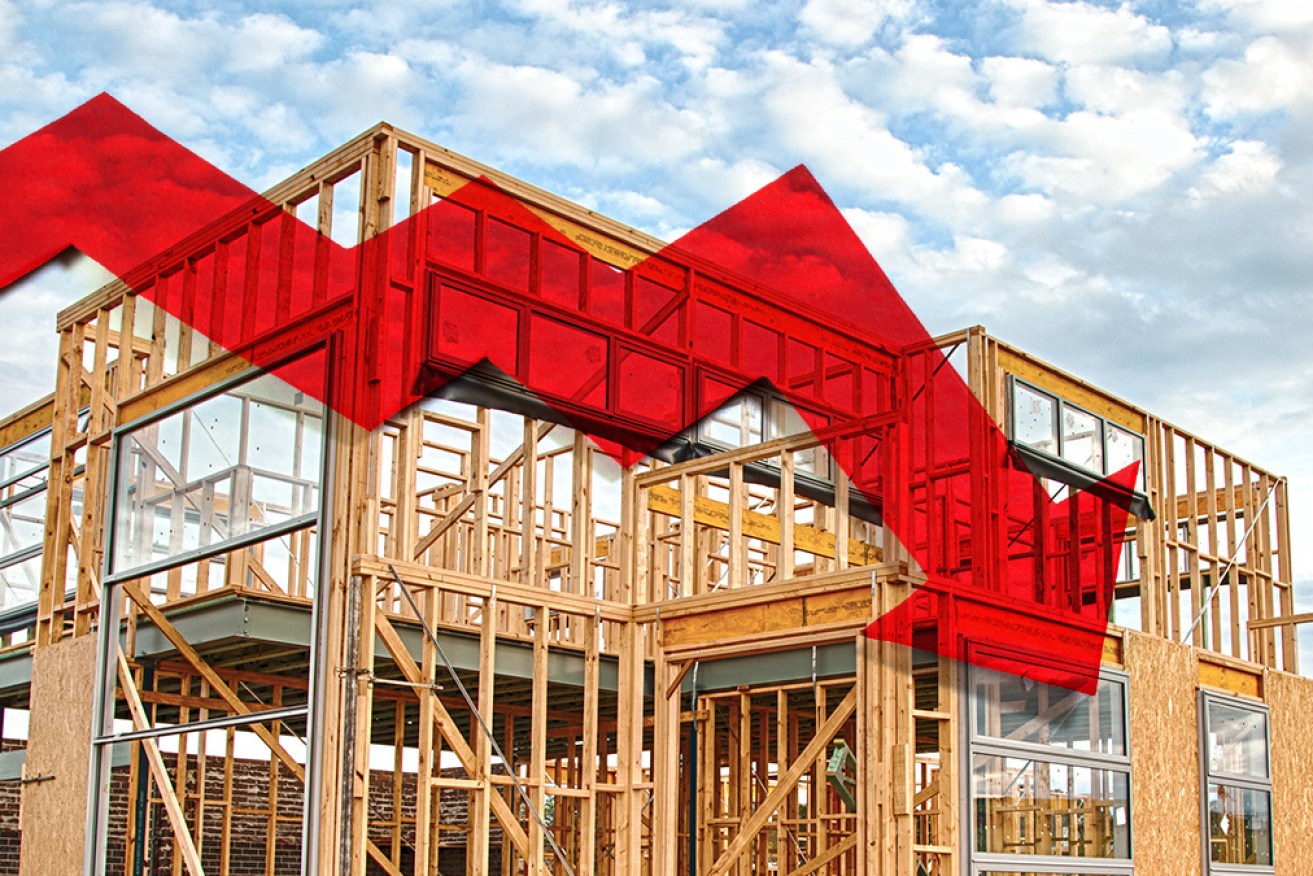Demand for housing to plummet as population growth suffers sizeable drops


Slowing population growth will drag down demand for new homes, putting Australia's construction sector under renewed pressure. Photo: TND
Demand for new homes is tipped to plummet as international border closures decimate Australia’s population growth.
New figures from the National Housing Finance and Investment Commission (NHFIC) show demand could fall by more than 200,000 dwellings in the next three years.
The decline could be good news for renters, as it will force down inner-city rent prices.
But a sustained torpor will weigh on the construction sector and add to the “recessionary forces” hammering Australia’s economy.
Modelling conducted by the NHFIC predicts demand for homes will fall by between 129,000 and 232,000 dwellings by 2023 as net overseas migration (NOM) – which has accounted for 59 per cent of Australia’s population growth since 2007 – dries up.
About half of the NOM is attributable to international students – many of whom come from India and Brazil, which are still battling to control the virus.
Students from these countries may not be allowed back into Australia even after local borders open due to outbreaks in their own countries, NHFIC cautioned.
This was factored into the scenarios the NHFIC used to model the possible effects of low population growth on housing demand.
The scenarios included:
- A modest downturn in population growth in 2020-21 and overseas migration returns to pre-COVID levels by 2027
- A sharp decline in population growth in 2020-21, and overseas migration returns to 65 per cent of pre-COVID levels by 2027
- The population declines 0.8 per cent in 2020-21, but rebounds quickly in 2022-23.
The third scenario is based on the Centre for Population’s projections at the time of the July Economic and Fiscal Update.
Under each scenario, the research showed sizeable falls in the demand for new private dwellings.
NHFIC chief executive Nathan Dal Bon said the research “highlights the strong relationship between population growth – increasingly through net overseas migration – and underlying dwelling demand”.
Falling demand hits prices, recovery
Data compiled by property research firm CoreLogic shows inner-city rent prices are already in decline due to weak overseas migration.
Although this may be good news to renters, NHFIC cautioned it may have broader ramifications for Australia’s economic recovery.
“If this decline is sustained, it could cause a contraction in construction activity that will add to the recessionary forces impacting the economy,” the report said.
The construction sector accounts for 9 per cent of Australia’s total GDP, and generates more than $360 billion in revenue each year.
The federal government has attempted to reinvigorate the sector through its $688 million HomeBuilder scheme.
And calls for a similar CommunityBuilder scheme – to finance the construction of community centres and aged-care homes – has been tentatively backed by economists.
Fertility expected to fall
The NHFIC research comes as Centre for Population projections show Australia’s fertility rate is also expected to fall in the next two years.
The fertility rate is expected to drop to 1.59 babies per woman in 2021, down from 1.7 in 2018.
Minister for Population, Cities and Urban Infrastructure Alan Tudge said the combined effect lower migration and fertility will drag population growth to its lowest rate since World War I.








